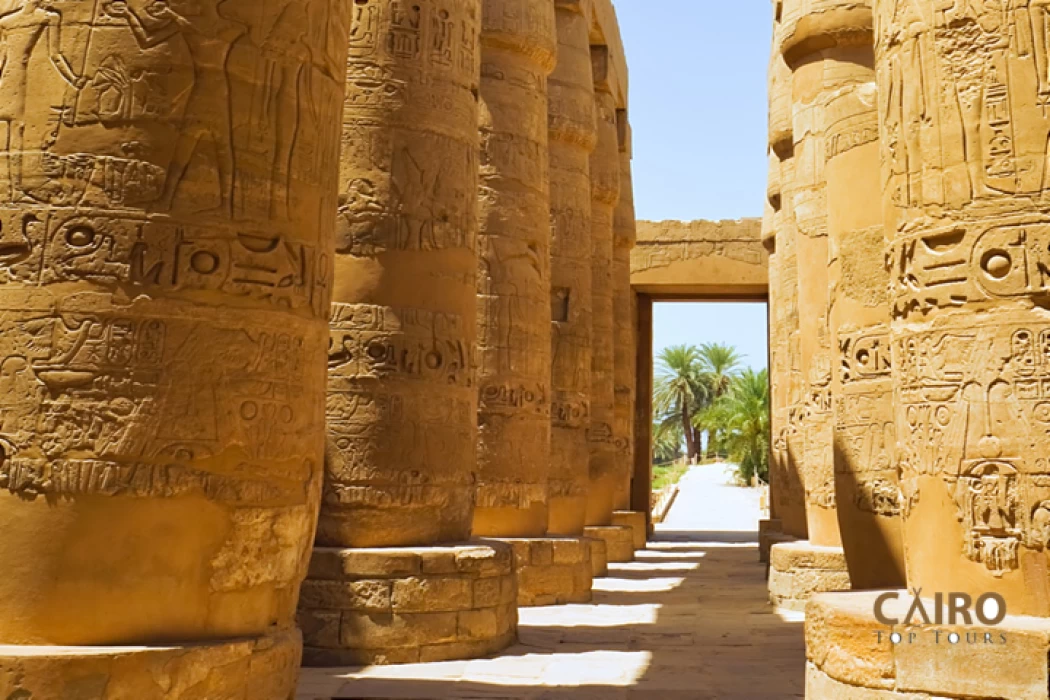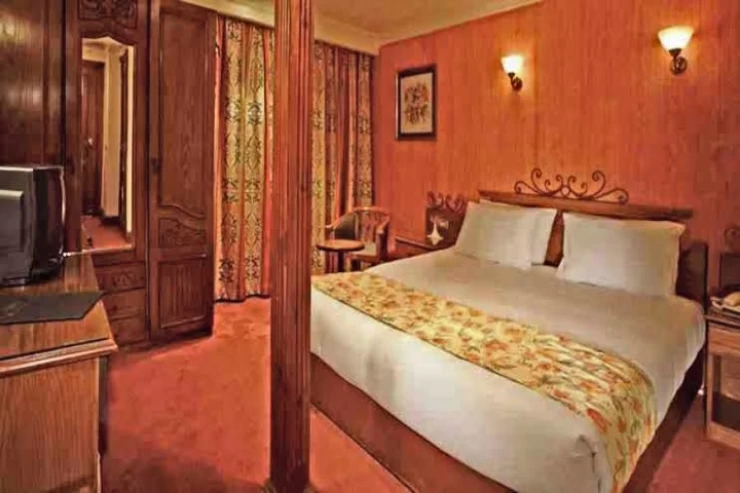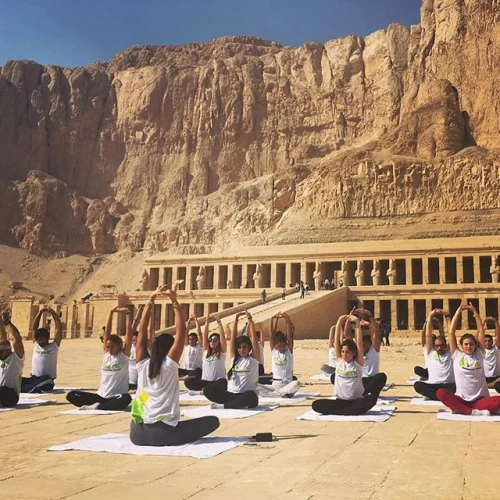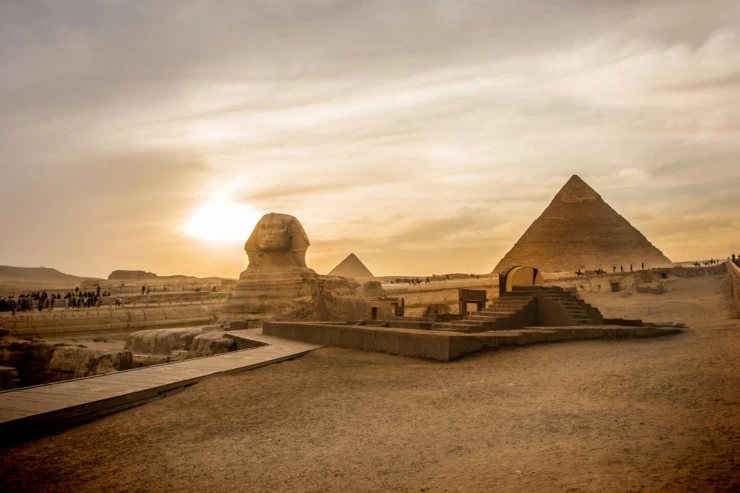
Karnak Temple | The Largest Egyptian Temple
The Temple of Karnak in Luxor
The Karnak temple complex is a large temple considered to be one of the oldest locations in all of Egypt. The Temple complex in Cairo, along with the Giza Pyramids, is the sole site that matches in magnificence, consisting of four primary divisions, of which only one is accessible to visitors.
The extra three parts contain smaller temples honoring Mut, Monto, and Amenhotep IV (commonly called Akhenaten) and are not accessible to tourists. Moreover, minor sanctuaries and temples connect the main area with the remaining three smaller sections in the temple.
Information regarding the Karnak Temple
Why is the Karnak Temple famous? Exploring the temple means delving into the heart of the ancient Egyptian New Kingdom. The impressive Karnak temple in Luxor, central to ancient Egyptian religion and government, displays its immense scale and religious significance. It is still the most impressive temple complex ever built by the Pharaohs of the New Kingdom, exceeding all others in various cultures.
Karnak, the biggest architectural complex ever built, is of great importance in ancient Egypt. Enlarged by various ruling dynasties, the development of this location has continued for over one thousand years and now includes religious sites, entrances, and old stone structures, acting as a tangible account of the past.
Are you considering a trip to Egypt? During one of our trips departing from Cairo, you have the opportunity to explore Karnak Temple with Egypt Nile Cruise tours, which involves a visit to the temple located on the east bank of Luxor.
During the New Kingdom era, the height of Karnak Temple was increased due to the efforts of rulers such as Hatshepsut, Ramses II, and other leaders. Leaders from the Greco-Roman period persisted in constructing and repairing the intricate structure.
The building of the temple at Karnak is a complicated matter, as it was constructed over time by different kings, specifically those from the New Kingdom like Ramses II, Tutmosis III, Hatshpsut, Amenhotep III, Tutmosis I, Tutmosis II, and Akhenaton.
Alexander the Great built a shrine for Amen in King Tutmosis III's Festival Hall at Akh-Mnw.
The main temple honoring Amun features the standout sections of the entire temple compound, like the Great Hypostyle Hall boasting 134 grand columns, hailed as the most magnificent spot in Egypt. Make sure to not ignore the excavations and wall inscriptions during your visit.
The temple of Karnak is the world's second biggest ancient religious site, after Angkor Wat in Cambodia. Following the Pyramids of Giza, it is also considered Egypt's second most popular historical attraction. The temple is segmented into four main parts: the court of Amun-Ra, the area of Mut, the area of Montu, and the damaged temple of Amenhotep IV, along with various smaller temples and shrines linking Mut's area, Amun-Ra's temple, and Luxor Temple.
Every night, an audiovisual show takes place at Karnak temple with various languages available during three separate showings. It is advised to ask your tour guide or hotel about the languages spoken during each presentation. The incredible laser data display presents a great chance to uncover the history of ancient Egypt.
You can learn more about the distinctive site called the Red Chapel Of Hatshepsut. It is a place where you can experience and see the amazing marvels of ancient Egypt.


















